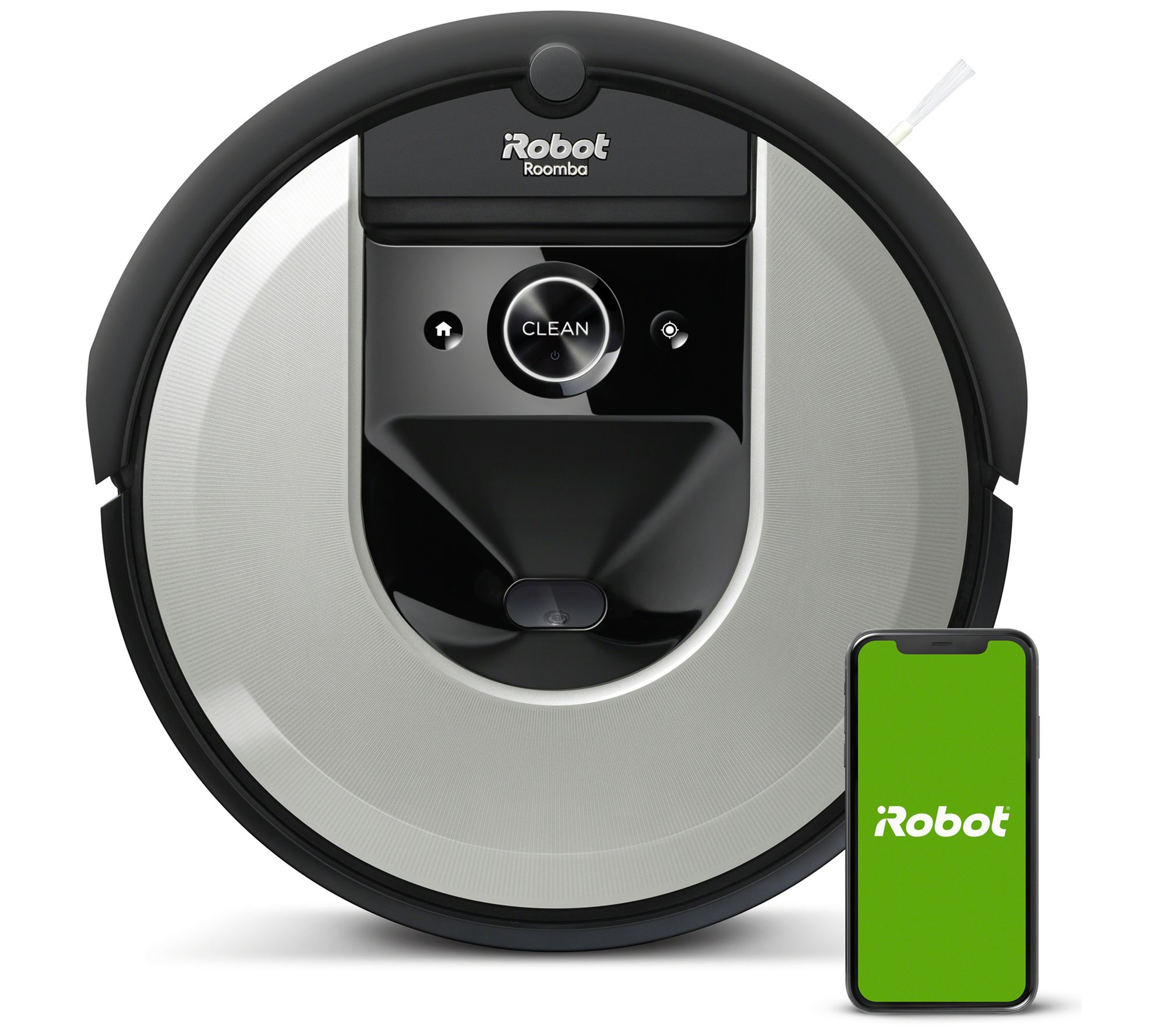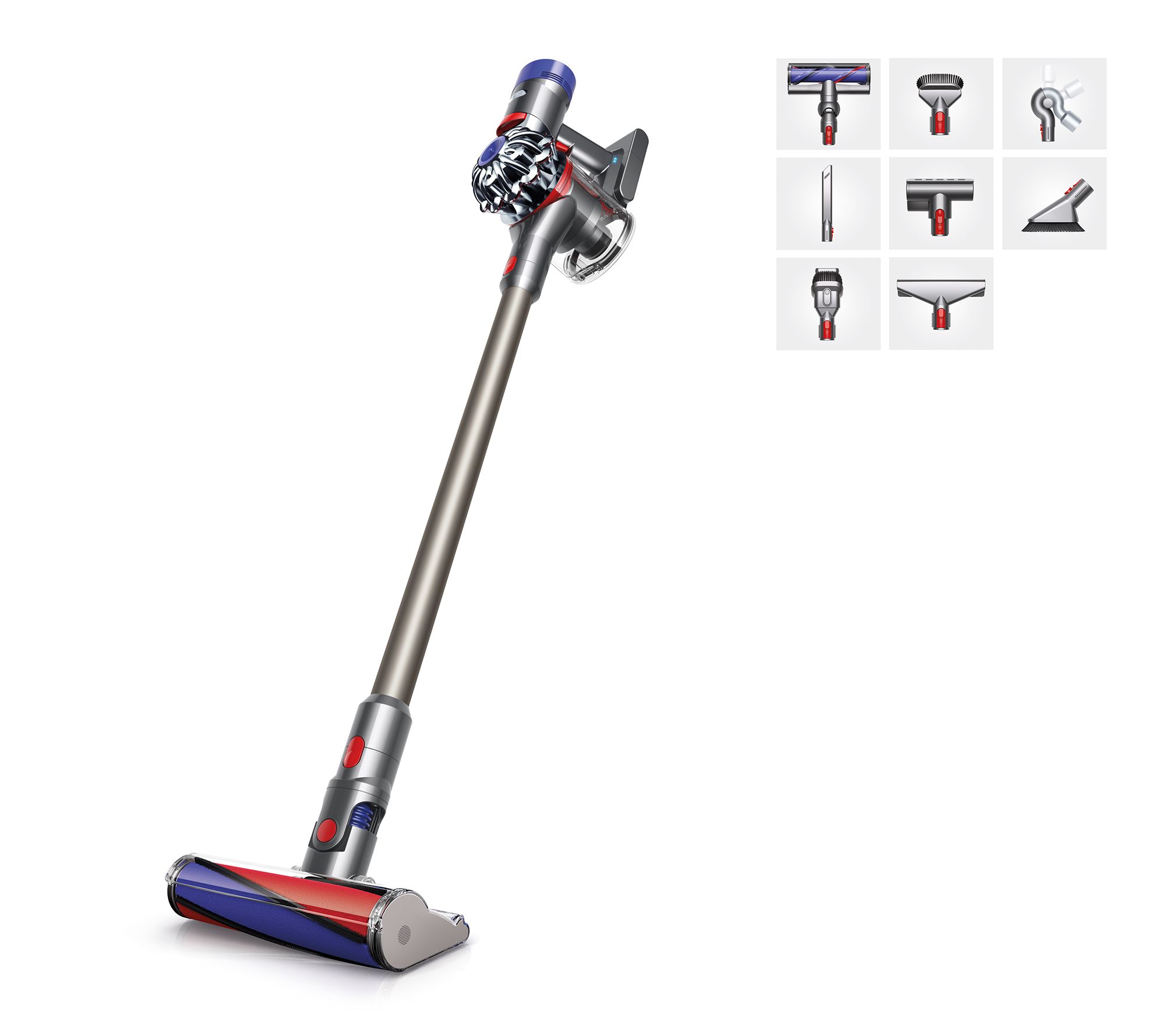BISSELL® CrossWave® X7 Cordless Pet Pro Multi-Surface Wet Dry Vacuum Exclusive Bundle
This exclusive offer includes CrossWave® X7 Cordless Pet Pro Multi-Surface Wet Dry Vac, 2 – PET Multi-Surface Brush Rolls, 1 – PET Clean + Natural Formula, 1 – PET Multi-Surface Formula.
This exclusive offer includes CrossWave® X7 Cordless Pet Pro Multi-Surface Wet Dry Vac, 2 – PET Multi-Surface Brush Rolls, 1 – PET Clean + Natural Formula, 1 – PET Multi-Surface Formula with Febreze and these limited time bonus items, Wood Floor Kit – Includes Wood Floor Formula & Brush Roll, Hard Floor Sanitize Kit – Includes Hard Floor Sanitize Formula & Brush Roll, Extra Filter, Clean-Out Brush, plus a 60-Day Money Back Guarantee, 3-Year Limited Warranty, and FREE Shipping! That is an $85 Value, Included for FREE!
Cleaning up after pets has never been easier than with BISSELL® CrossWave® X7 Cordless Pet Pro Multi-Surface Cleaner, our BEST CrossWave® product for homes with pets. It vacuums and washes at the same time, across sealed hard floors and area rugs, combining cleaning steps and saving you time. It’s perfect for grab-and-go cleaning of frequent pet messes with up to 30 minutes* of hassle-free, cordless run time, and it weighs just over 10.5 lbs. Our pet parent engineers incorporated three different cleaning modes: Hard Floor Mode, Area Rug Mode and TURBO PET™ Mode to boost cleaning performance, especially for pet and everyday stuck-on messes. CrossWave® X7 Cordless Pet Pro Multi-Surface Cleaner also has LED headlights to illuminate pet hair, dirt and debris while cleaning along baseboards and in corners.
- Every Purchase Saves Pets™. BISSELL proudly supports BISSELL Pet Foundation® and its mission to help save homeless pets.
- Advanced Cleaning for Homes with Pets. Save time by vacuuming and washing at the same time, across multiple surfaces, with our best CrossWave® multi-surface cleaner for pet parents.
- Cordless Power & Durable Digital Motor. Provides up to 30 minutes* of run time.
- TURBO PET™ Mode. Tackle pet messes and remove tough, stuck-on messes with a boost of suction and cleaning solution.
- PET Clean + Natural Formula. Plant-based cleaning ingredients eliminate pet odors on sealed hard floors.
- Ultra-Lightweight Design. Enjoy grab-and-go convenience with this machine that weighs just over 10.5 lbs.
- Multi-Surface Cleaning. Safe and effective for use on tile, sealed wood floors, laminate, linoleum, rubber floor mats, pressed wood floors, and more. It refreshes area rugs!
- Two-Tank Technology. Keeps clean water and formula separate from dirty water, pet hair, dirt and debris.
- Self-Cleaning Cycle. Easily maintain and maximize your machine’s cleaning performance.
- Formula, Brush Rolls & Dock Included. Comes with Multi-Surface Brush Roll, two PET Multi-Surface Brush Rolls, Wood Floor Brush Roll, Clean-Out Brush, 3-in-1 Docking Station and trial-size formulas: Wood Floor, Hard Floor Sanitize, PET Clean + Natural, and PET Multi-Surface with Febreze Freshness.
- High-Tech user Interface with WiFi. Connect with the BISSELL Connect app for easy maintenance, helpful alerts, usage tips, and quick and easy accessory reordering.
*May vary based on mode and usage.
Certain trademarks used under license from the Procter & Gamble Company or its affiliates.
Additional information
| Weight | 10.6 lbs |
|---|






Reviews
There are no reviews yet.